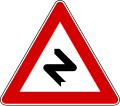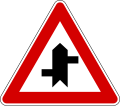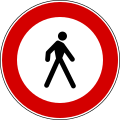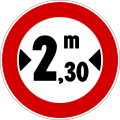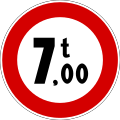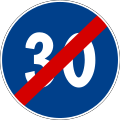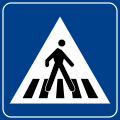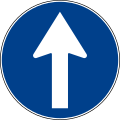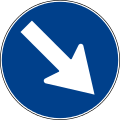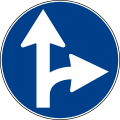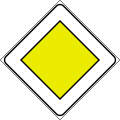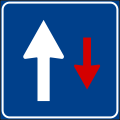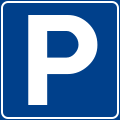
Road signs in Malta are regulated by the Road Signs and Road Markings Regulations 1969, [1] amended several times over the years, most recently in 2011, and are standardised by Transport Malta. Maltese road signs, also defined in The Highway Code of Malta, are based on those used in the United Kingdom, as the island nation was a British colony until 1964 when it became independent, with minor exceptions – for example, the use of the metric system to denote speed limits and distances. [2] However, road signs using the Italian road sign design may be also found, [3] [4] some of which are "mirrored" to suit Malta's left-hand traffic configuration. There is therefore a coexistence of different signs on the British and, to a lesser extent, Italian model for the same function (even being used simultaneously). While not common, it is possible to encounter, again without any official nature, diamond-shaped warning signs similar to those used in Ireland. [5]
Contents
Directional signs use the Transport typeface, and use elements borrowed predominantly from the British signage system. [6] [7]
Although Malta is not a signatory to the Vienna Convention on Road Signs and Signals, road signs generally conform to the pattern used by many other European countries.




